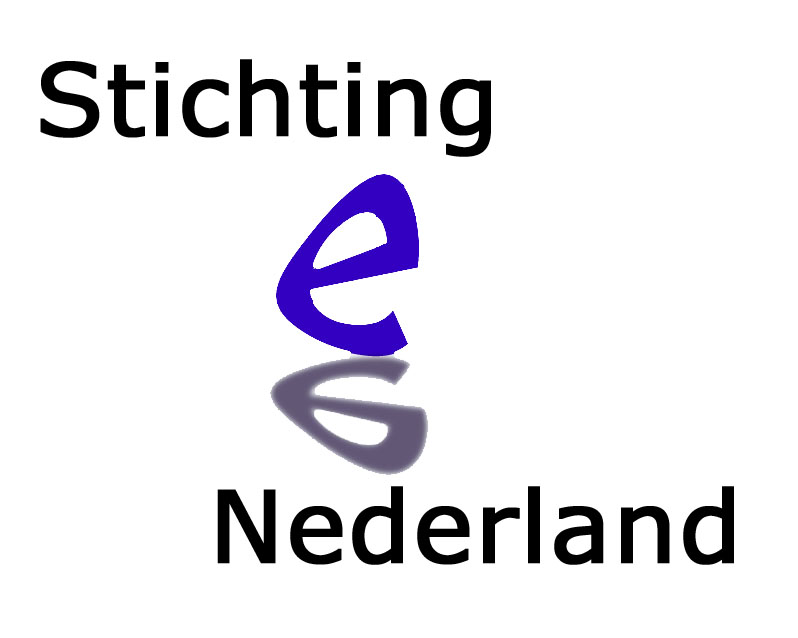 |
||||
Roundtable Session: "Folk Media" Folk Media Versus Fake MediaPuppet shows, street theatre, school dramas, storytelling, and other small-scale media are important EE formats in many countries and cultures. Around the world, designers of large-scale EE campaigns encounter the question of how to integrate folk media to be more success-ful in specific settings. Folk Media Is Not Big BrotherDespite the rapid diffusion of new communica-tion technologies, folk media continue to demonstrate their value as effective vehicles for social messages. Session chair Colin Cholmondeley (Jamaica) described folk media as media for the folk, that is, the "masses of people most deprived of specific messages." Folk media, Cholmondeley said, is something related to peo-ple's past, present, and future, providing them with "glimpses of reality that result in educa-tion." Thus, folk media embraces a wide range of traditional communication channels, including storytelling, theatre, and song and dance. Referring to an earlier discussion about the Dutch reality television show Big Brother, many session participants stressed the distinction between "good entertainment" and its "perversion" in some television concepts. "Folk media is not Big Brother," noted Peter Roberts (Canada). "Perhaps we should refer to that as fake media instead!" Drama Controlled by the Audience"Stop-start" drama or forum theater is another example of how storytelling is used for social change. Panelist Lynn Dalrymple (South Africa) explained how these types of drama allow different possible endings to a drama by encouraging audience participation. In Brazil, for example, soap opera audiences can telephone in their preferred story endings, and the actors will modify their script accordingly.
Open-ended or dilemma stories, stop-start drama, and forum theater are considered with some scepticism by EE and other communication scholars and practitioners. After all, the intended outcome of EE is behavior change; if solutions are left to an audience that might perceive myth as reality, what might be the outcome? The roundtable participants agreed that ensuring the discussion focuses on consequences, could solve this problem. Warren Parker (South Africa), noted that "empowerment" is a key term to remember when planning a campaign. Roberts suggested a multi-intervention activity in which a problem can be presented (or, preferably, a community presents the health communication worker with the problem), and the communication professional facilitates the problem-solving process, as opposed to telling members of the community what the solutions should be. We Must Listen to Each Other's StoriesPanelist Natascha Zwaal (The Netherlands) urged her audience "to listen to each other's stories." Zwaal is a doctoral student doing fieldwork in Cameroon on a thesis entitled "Storytelling as a Vehicle for Improving the Intercultural Dialogue on Environmental Conservation." She pointed out that while indigenous communities may have certain belief systems expressed through stories, so do Westerners. This quite often raises a "moral dilemma" in education, said Zwaal. She used the example of the environment, where Westerners travel abroad to tell developing societies how to manage their natural resources, while frequently those western societies have been mismanaging their own. Zwaal prefers to talk about "environmental communication" as opposed to "environmental education," a concept that is transferable to other fields such as health communication. This model emphasizes two-way communication between equal parties, each an active receiver and sender. Very important in Zwaal's environmental communication is the use of the "dilemma format": her stories have an open ending that provokes listeners to think about and discuss the dilemma raised in a way that will help them to bring about opinion and behavior change. The Palette of Communication StrategiesWhile storytelling is acknowledged as an effective medium, professional storytellers have concerns about transferring this to media where they could reach and influence more people. As Mary Sue Siegel noted, storytelling may lose its intimate nature when moved to another medium, such as video. Measuring SuccessAnother central concern is how to measure the success of EE projects, if such measurement is possible at all. The question of whether indicators should be developed to measure whether people are moving in the right direction was also raised. Evaluation of projects and measuring successes or failures is often key to the continuation of any communication campaign. Cholmondeley was supported by the group in his call for a more open-ended approach, saying that we should discard the traditional approach of waiting for the results that we expect. Instead, we should initiate discussion among target audience members and in so doing create an atmosphere for active learning. Here again, the open-ended, dilemma-type stories become crucial to achieving this end. The session concluded with a discussion about how EE practitioners can develop activities connected to those associated with the International Decade for the Culture of Peace. Overall, participants in the session began their deliberations from the same basic assumption: Stories can always have educational value, whether seen on the Internet, heard on the radio, or shared in face-to-face encounters. Of course, there is some loss of emotional impact when you do not hear the voice of the narrator. Even so, you might almost hear the child's voice in your head saying, "AIDS makes you very sick. You get it from sleeping with many people. My father died seven years ago. The doctors say my mother has AIDS. We are nine children and my mother makes pots. I would like to buy her some medicine" (from the South African AIDS Memorial Quilt).
|
![]()

